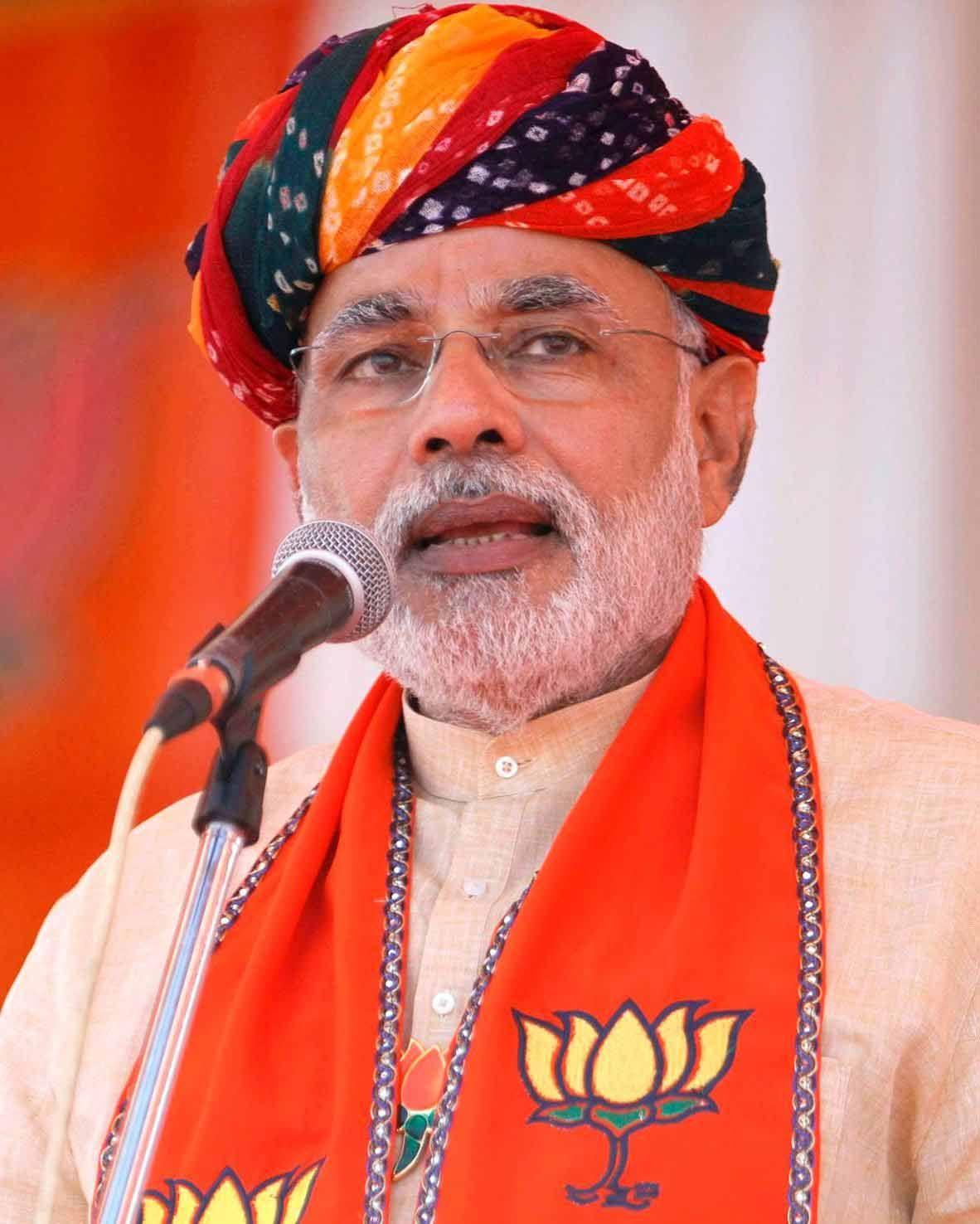14th PM of India
Narendra Modi

14th PM of India


About
Narendra Damodardas Modi (Gujarati: [ˈnəɾendɾə dɑmodəɾˈdɑs ˈmodiː] ( born 17 September 1950) is an Indian politician serving as the 14th and current prime minister of India since 2014. Modi was the chief minister of Gujarat from 2001 to 2014 and is a Member of Parliament from Varanasi. He is a member of the Bharatiya Janata Party (BJP) and the Rashtriya Swayamsevak Sangh (RSS), a right-wing Hindu nationalist paramilitary volunteer organization. He is the first prime minister to have been born after India's independence in 1947 . He is also the longest serving prime minister from a non-Congress party. Mentioned below is a list that specifies data in no. of years
Prime Minister of India
8
Member of BJP
37
Member of RSS
64
CM of Gujrat
12
Timeline

"Thank you ... my friend prime minister Modi, Narendra Modi.. my khaas dost I think is the phrase I want to.. in Hindi. We had a fantastic two days in India. I became the first conservative prime minister to visit Gujarat, your birthplace, of course. It is also the ancestral home of almost half the British Indians. I had an amazing reception. I felt like Sachin Tendulkar. My face was as ubiquitous as Amitabh Bachchan. I was everywhere to be seen. It was fantastic. It was fantastic,"

"We perceive India as a great power, a friendly nation and a time-tested friend. The relations between our countries are growing and I am looking into the future"

"Today, I spoke with Prime Minister Narendra Modi and pledged America’s full support to provide emergency assistance and resources in the fight against Covid-19. India was there for us, and we will be there for them."
Cabinet Ministers

Residence Address:-
6-A, Krishna Menon Marg,
New Delhi-110001

Residence Address:-
17, Akbar Road,
New Delhi-110011

Residence Address:-
2, Motilal Nehru Place, Near Lal Bahadur Shastri Smarak, Akbar Road

Residence Address:-
15, Safdarjung Road,
New Delhi

Residence Address:-
3, Krishna Menon Marg,
New Delhi-110011

Residence Address:-
12, Tughlak Road,
New Delhi-110011

Residence Address:-
25, Tughlak Road,
New Delhi-110011

Residence Address:-
Bungalow no. 28, Tughlak Crescent,
New Delhi-110003

Residence Address:-
Bungalow No. 8, Teen Murti Marg,
New Delhi-110011

Residence Address:-
27, Safdarjung Road,
New Delhi-

Residence Address:-
Bungalow no. 32 Prithviraj Road,
New Delhi-110011

Residence Address:-
9, K.M. Marg,
New Delhi-110011

Residence Address:-
9, Thyagraj Marg,
New Delhi-110011

Residence Address:-
14, Janpath,
New Delhi-110001